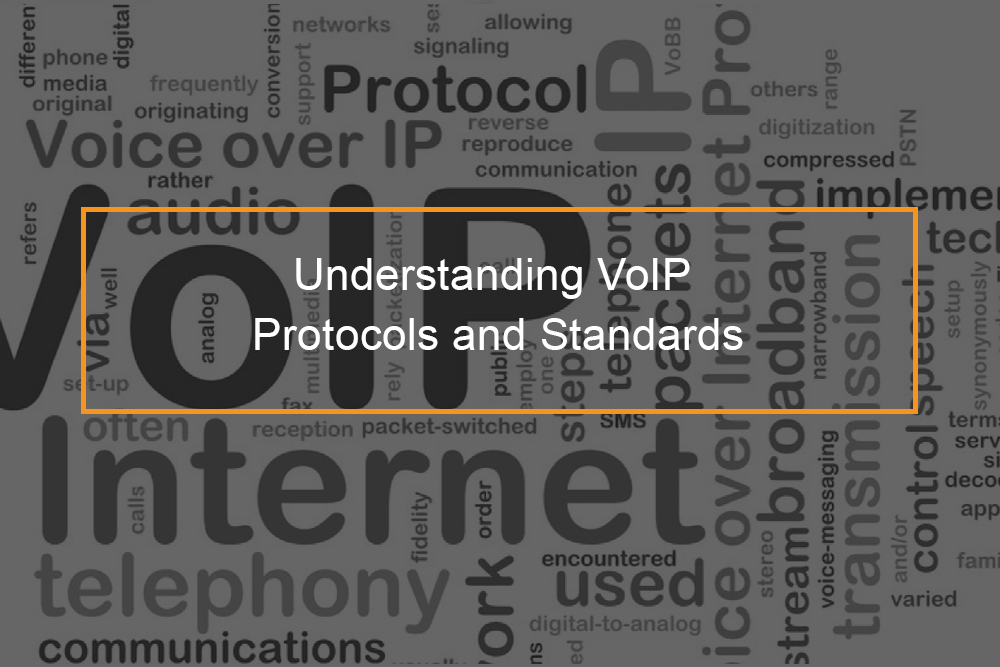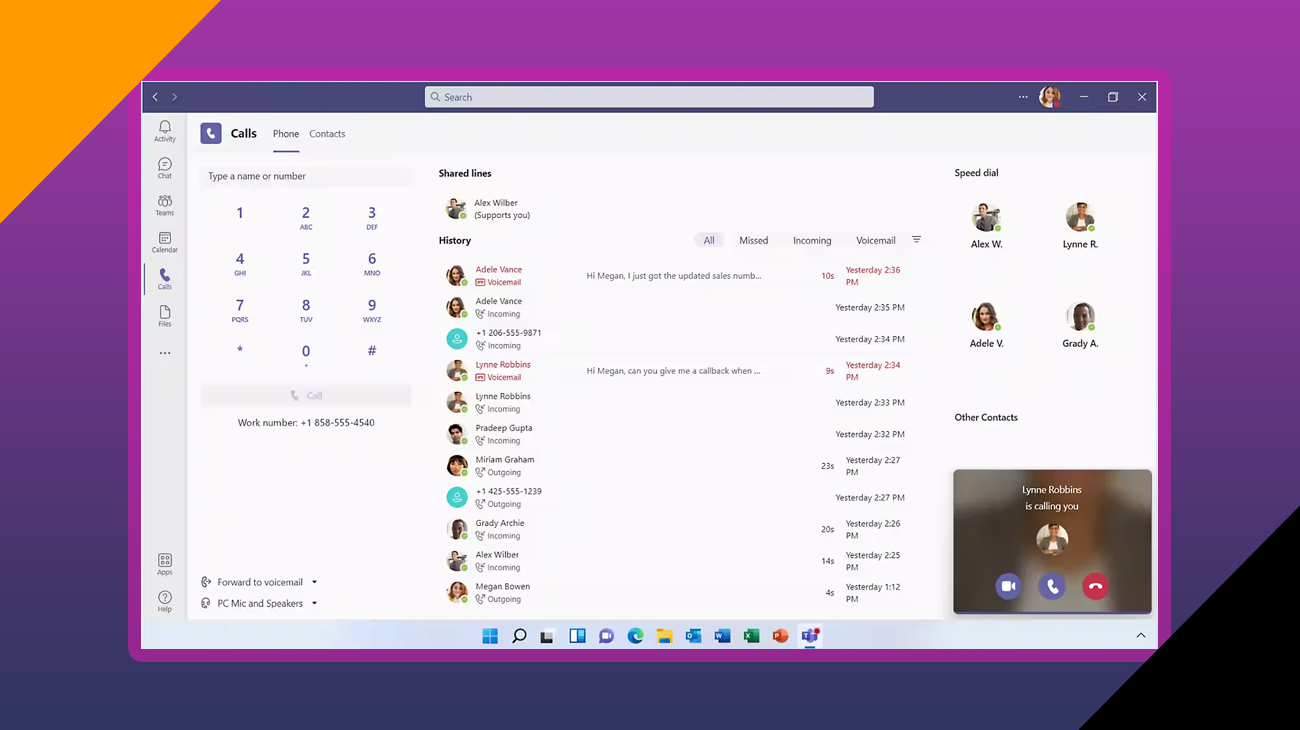The Ultimate Guide To Understanding VoIP Protocols and Standards
 VoIP uses protocols such as common open policy service protocol, common communication over IP, dynamic host configuration protocol, and extensible messaging and presence protocol and others.
VoIP uses protocols such as common open policy service protocol, common communication over IP, dynamic host configuration protocol, and extensible messaging and presence protocol and others.
VoIP means Voice over Internet Protocol, and the word protocol is an integral part of how the whole system works. Typically, VoIP is a method of transferring audio and video information across the internet. Nonetheless, sending data over the internet is not as simple as attaching a file to your email or sharing a Dropbox link. All is made possible simply because of protocols.
What is a protocol?
A protocol is a set of principles that computers use to govern and explain how they communicate with each other.
Every single PC and device that connects to the internet uses and supports TCP/IP. TCP/IP is not a singular networking protocol, but instead a suite of protocols that is named after the two most essential ones.
For there to be communication, computers require both a message to send and a method by which to continually and reliably send and deliver that message. TCP which deals with the message itself, breaking the content down into smaller sections known as packets. These aids explain why packet loss is so important to your call quality. The IP layer of the suite deals particularly with sending and delivering the packets. This is where the IP address comes from, which is essentially like your house address.
Whereas the TCP/IP protocol suite is the basis for all communications, VoIP and Unified Communications depend on communication and signaling protocols to establish a connection between two devices and let the transfer of video and audio or video data beyond the standard suite.
What protocols are used with VoIP?
What protocols does VoIP rely on?
In this section, we will explore the protocols VoIP utilizes. The most popular protocols currently used by VoIP or SIP (Session Initiation Protocol) and H.323. Most of the VoIP providers will offer SIP trunking capabilities. Beyond this, VoIP can implement other protocols such as MGCP and SCCP.
Intelligent Endpoint Protocols
The term intelligent endpoint protocols are utilized to describe H.323 and SIP since all of the ‘intelligence’ necessary to deliver the receiving appliance and establish the data transmitted between your device (the localhost), and the person you are calling ( the remote device) is baked right into the protocol.
Both H.323 and SIP are the most popular protocols you will come across, having its routes back in 1995 and 1996, respectively. However, H.323 has developed to be more popular than SIP in recent times. Nonetheless, this is not to mean that H.323 is better; both protocols do the job, and both do the job well. At the end of the day, it is all about what your business specifically needs.
H.323 vs. SIP
As discussed earlier, no protocol is better than the other. Nonetheless, it is still essential to understand how every protocol works, how they differ, and when it makes to use one protocol and not the other.
SIP (Session Initiation Protocol)
SIP has become the Internet Engineering Task Force (IETF) standard for multimedia sessions. The IETF is comprised of almost anyone engaged in networking, including operators, designers, vendors, and researchers centered on the evolution of the internet. The IETF has recognized SIP to be a standard for video, audio, and even instant messaging or team messaging software.
It is worth to note that SIP is modular, meaning it can be changed around. Depending on the kind of data you want to transfer, your SIP deployment will require to be designated for that specifically. Thus, VoIP and IM communications will operate around different aspects, and this is the main strength of SIP. It is less of a one-size-fits-all approach since it can be designed specifically for one approach.
H.323
Contrarily, the H.323 protocol is the international grade for multimedia communication through packet-switched networks. This can comprise Local Area Networks (LANs), Wide Area Networks(WANs), and even the general internet we all connect to. Typically, H.323 can be seen as an umbrella that comprises of multiple standards: H.225.0, H.323, 0, and H.460 is an older standard, and a huge part of it is based on the ISDN standards.
It was just the set of standards for heritage and analog phones that communicate through the PTSN. H.323 centers on covering real-time voice, data and video communication, and was designed specifically to work over IP networks. Even though not widely operated, H.323 was also designed with video and voice conferencing features. At this point, H.323 is the global leader for voice and video over IP communications (that indicates your VoIP system) and is even utilized in enterprise video conferencing solutions.
What is the difference between SIP and H.323?
To begin with, H.323 was based on the binary language utilizing 1’s and 0’s. On the other hand, SIP has a simpler text-based format- much like the HTTP that supports pretty much all websites. Typically, a lot of the technology used to power HTTP was used when developing SIP. The difference between the two is bigger than that.
Origins
- SIP was established and was controlled by IETF. This company is responsible specifically for the protocols and complete functionality of the internet. SIP was designed to add a new flexible and modular layer to the internet.
- The International Telecommunications Union established H.323- the company responsible for creating the Public Switched Telephone Network that is used for landlines and legacy phones. Developed with video conferencing in mind, it naturally lends towards voice as well.
Flexibility and phones
- H.323 is mostly proprietary software at this point and explains why providers will need users to buy their specific phones to make sure all functions and features operate.
- On the other hand, SIP is much more flexible, and typically any SIP telephone will work entirely on almost any SIP network. VoIP providers attempt to prevent this but are mostly possible.
Use cases
- SIP, being modular, is what some refer to as media agnostic. SIP does not necessarily need a specific kind of data to be transmitted. Thus, it can be used for instant messaging, who is online and who is not (presence indicators) and even file transfers together with, of course, voice and video.
- H.323 operates very well for voice and video communiactions. Bsed on an original PSTN protocol, it makes sense for subcribers to expect the same level of reliability and standard calling features. Nonetheless, it has not expanded much beyond voice or video.
Typically, the end-user will never really realize a difference between: both will place and receive calls and operate exactly as they should. Nonetheless, with their origins being different and every focused on different tasks originally, it is easy to understand where drawbacks could look for each.
- SIP has more flexibility and, thus, more use situations with even more features available. Overall, it has a wider range of features, and while less focused explicitly on voice calls, it is still entirely capable.
- H.323 operates very well for Voice over IP and video conferencing and is implemented by most providers for these requirements. Nonetheless, it has not been updated much in the last ten years and does not power the ever-popular team messaging.
Other VoIP protocols and standards
Other alternatives exist apart from H.323 and SIP. They include:
- Telephony Gateway: These gateways are the network features that change audio signals carried on the PSTN to data packets transmitted over the internet or your LAN.
- MGCP: the Media Gateway Control Protocol is a call control protocol, as referred to as a signaling protocol used in VoIP systems.
- Call Agent: A call agent element is needed in VoIP to deliver specific services to subscribers and control the signaling communications between phones.









